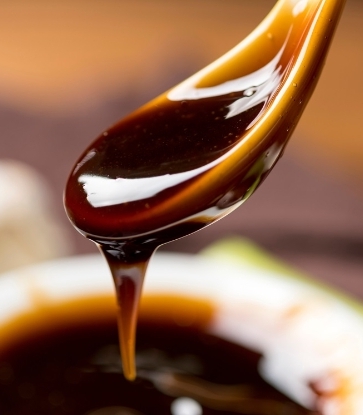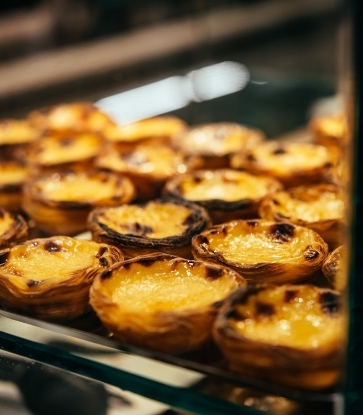What is the MICHELIN Green Star?
The MICHELIN Green Star is an annual award which highlights restaurants at the forefront of the industry when it comes to their sustainable practices. They hold themselves accountable for both their ethical and environmental standards, and work with sustainable producers and suppliers to avoid waste and reduce or even remove plastic and other non-recyclable materials from their supply chain.
These restaurants offer dining experiences that combine culinary excellence with outstanding eco-friendly commitments and are a source of inspiration both for keen foodies and the hospitality industry as a whole.
What kind of things do MICHELIN Green Star restaurants do?
Every MICHELIN Green Star restaurant is different and works in its own unique way – but all make a difference to the world around them and act as role models to us all.
Many work directly with growers, farmers and fishermen; forage in hedgerows and woodlands; grow plants and rear animals; and use regenerative methods such as no-dig vegetable gardens and successional cover crop growing.
They also often go beyond environmental considerations to address issues related to ethics and wellbeing, as well as contributing to local, national or global charitable and educational projects.
Who is eligible for a MICHELIN Green Star?
Any restaurant in the MICHELIN Guide is eligible. A MICHELIN Green Star is a stand-alone distinction which can be awarded alongside other distinctions such as a MICHELIN Bib Gourmand or a MICHELIN Star.
What are the MICHELIN Inspectors looking for when they award a MICHELIN Green Star?
There is no specific formula for awarding a MICHELIN Green Star, as every restaurant and its surrounding region has a unique set of conditions. The Inspectors are simply looking for those at the top of their game when it comes to their sustainable practices.
They consider things such as: the provenance of the ingredients; the use of seasonal produce; the restaurant’s environmental footprint; food waste systems; general waste disposal and recycling; resource management; and the communication between the team and the guests about the restaurant’s sustainable approach.
Initiatives can take various forms and no two restaurants will be alike – all our Inspectors are looking for is a strong commitment to sustainable gastronomy.
When was the MICHELIN Green Star launched?
First revealed in 2020, the MICHELIN Green Star was introduced into several of the 2021 editions of the MICHELIN Guide.
How many restaurants hold a MICHELIN Green Star?
Currently, there are 291 MICHELIN Green Star restaurants across the world.
Where can I find the list of MICHELIN Green Star restaurants?
You can find the full list here on our Global website.
Or select your country, then 'Restaurants', 'Distinction', 'MICHELIN Green Star' to see your local selection.
You can also find all of our restaurant listings on our iOS app.

From Stalls to Stars: Street Food’s Mark on Asia’s Cuisine
MICHELIN-Starred restaurant chefs from Bangkok, Hong Kong, Kuala Lumpur, Penang and Singapore share how street food continues to define Asia’s dining identity.

10 Essential Cantonese Sauces Explained
Behind every great Cantonese dish is a sauce. From soy and oyster to XO and plum, discover 10 essentials that define the cuisine.
Paris’ Chizuko Kimura: The First Female Sushi Chef to Earn a MICHELIN Star
At Sushi Shunei, a minimalist dinner-only Montmartre sushi bar seating just nine guests, Chef Kimura makes history. Carrying on her late husband’s dream, she embodies resilience and passion in every edomae-style dish.

A Tale of Two Tarts: The Best Custard Tarts in Hong Kong and Macau
Discover a global pastry with local twists in Hong Kong and Macau.














